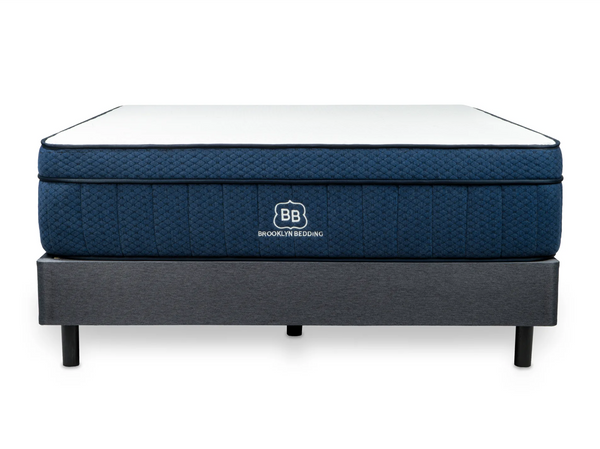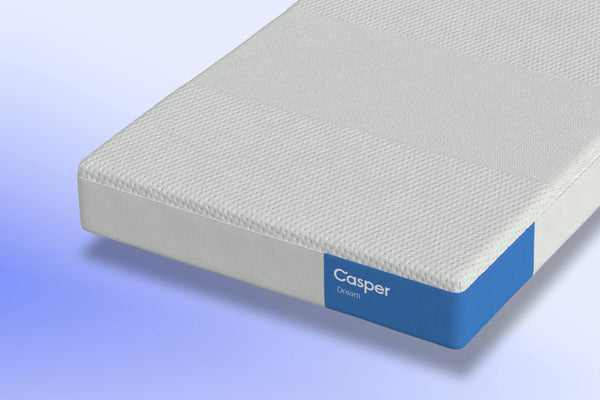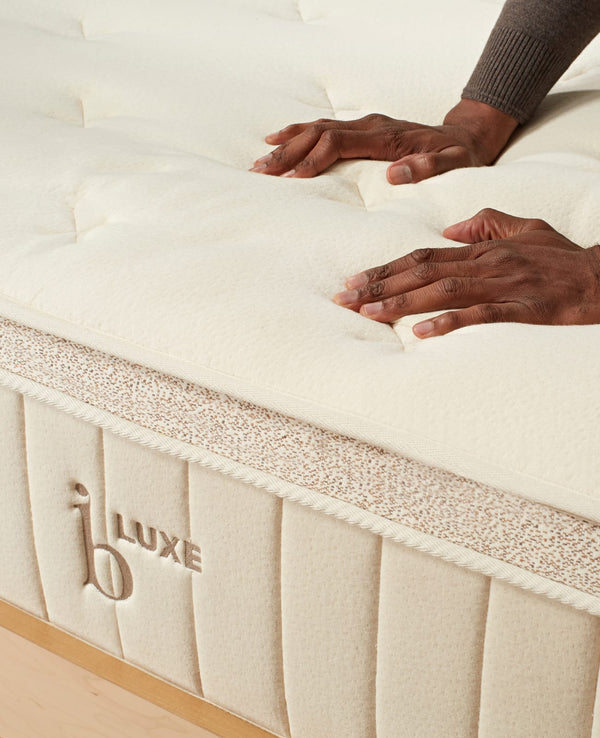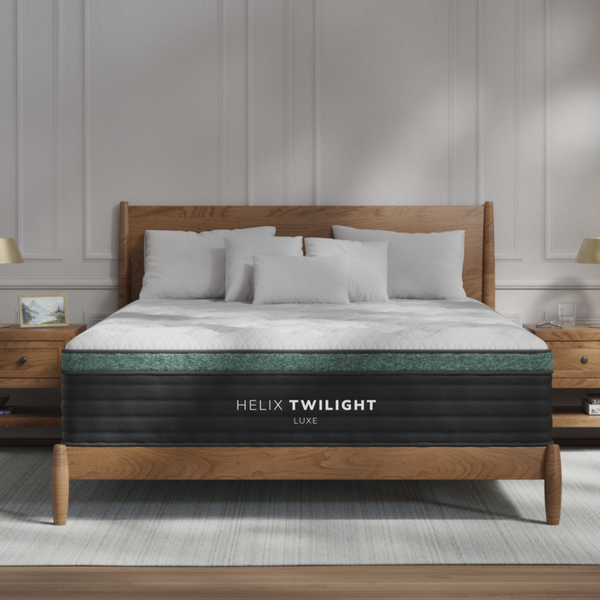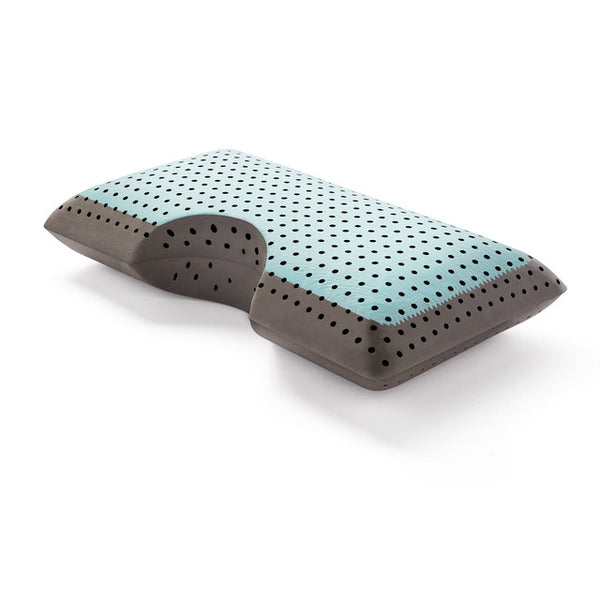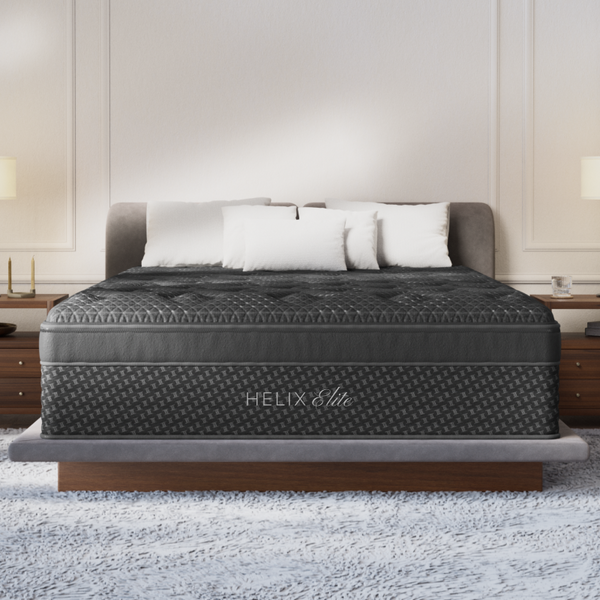
Frequently Asked Questions
1. How often should I replace my mattress?
2. What are some signs that my mattress needs to be replaced?
3. How can I test if my mattress needs replacement?
4. What should I consider when buying a new mattress?
5. How do my sleep position and needs affect my mattress choice?
Having a good night's sleep is essential for our health and well-being. One key component that plays a crucial role in ensuring quality slumber is your mattress. Over time, even the highest quality mattress can lose its support, comfort, and hygiene. But how do you know when it's time to say goodbye? In this article, we'll explore several signs that indicate your mattress may need to be replaced, helping you maintain optimal sleep quality.
The Lifespan of Your Mattress
Every mattress has a lifespan that can vary significantly based on its materials, usage, and maintenance. In general, most mattresses should be replaced every 7-10 years. However, individual preferences and sleep habits, along with factors like body weight and overall health, can influence this timeline. Understanding your mattress's expected lifespan is vital when it comes to monitoring its performance.
Key Indicators for Mattress Replacement
1. Visible Wear and Tear
The most obvious sign that it’s time to replace your mattress is visible wear and tear. Look for these indicators:
- Sagging: If your mattress has noticeable indentations or sagging areas where you sleep, it's a clear sign that the support has worn out.
- Rips and Tears: Any physical damage, such as rips or tears, compromises the integrity of your mattress.
- Stains and Odors: If your mattress has stains or an unpleasant odor that cannot be removed, it may be time for a replacement.
2. Discomfort During Sleep
If you find yourself waking up with aches and pains, this could be a strong indication that your mattress is no longer providing the support you need. Pay attention to:
- Back Pain: A mattress that fails to provide proper spinal alignment can lead to chronic back pain.
- Joint Pain: If you experience pain in your joints, consider whether your mattress is absorbing enough impact and providing support.
- Stiffness: Consistent stiffness in your body upon waking may be tied to the comfort level of your mattress.
3. Sleep Disturbances
Quality sleep is vital for our health. If you’re finding that you frequently wake up during the night or struggle to fall asleep, consider these points:
- Allergies: Older mattresses can accumulate dust mites, allergens, and mold, which can disrupt your restful sleep.
- Partner Disturbance: If movement on your partner's side of the bed frequently wakes you up, your mattress may be lacking sufficient motion isolation.
- Temperature Regulation: Mattresses can lose their ability to help regulate body temperature; if you're frequently waking up too hot or too cold, it might be time for a change.
Testing Your Mattress
If you're unsure whether your mattress needs to be replaced, it's a good idea to conduct a simple test:
- The Pillow Test: Place your pillow on your mattress and lay down in your preferred sleeping position. If your spine feels misaligned or your muscles tense, it's likely time for a new mattress.
- The Bounce Test: Sit on the edge of your mattress and check if you sink down significantly. A mattress should provide some resistance; excessive sinking might indicate worn-out materials.
Consider Your Sleep Position
Your sleep position plays a pivotal role in determining the right mattress type and its lifespan. Different sleep styles have varying needs:
- Back Sleeper: Look for medium-firm options that support the lumbar region while providing balanced pressure relief.
- Side Sleeper: A softer mattress is often best to cushion the shoulders and hips while maintaining spinal alignment.
- Stomach Sleeper: A firmer mattress is generally preferred to prevent the lower back from sinking too deeply.
Allergies and Health Concerns
Health issues can also prompt the need for a new mattress. If you have allergies or respiratory issues, consider the following:
- Accumulation of Allergens: Over time, mattresses can harbor allergens such as dust mites, mold, and pet dander that can worsen allergy symptoms.
- Bed Bugs: If you discover signs of bed bugs, it’s critical to replace your mattress immediately to ensure a clean sleeping environment.
Types of Mattresses and Their Durability
When deciding to replace your mattress, it is essential to consider the different materials available and their respective lifespans:
- Innerspring Mattresses: Typically last around 5-7 years, depending on usage and quality.
- Memory Foam Mattresses: Generally have a lifespan of 8-10 years, providing support while contouring to your body.
- Latex Mattresses: Known for durability, they can last 10-15 years, offering excellent support and comfort.
Understanding Your Sleep Needs
As your life changes, so do your sleep requirements. Factors like lifestyle changes, weight fluctuations, or physical activity levels can impact how well your mattress serves you. Keep an eye on:
- Weight Changes: If you've recently gained or lost weight, your existing mattress may not provide adequate support.
- Changes in Activity Levels: Increased physical activity can result in a need for better support and comfort during sleep.
- Age-related Needs: As we age, our body often requires more support to accommodate joint and muscle changes.
Investing in a New Mattress
If you’ve determined that it’s time for a new mattress, think of it as an investment in your health and well-being. Here are some factors to keep in mind:
- Budget: Determine your budget, as mattresses come with a broad price range. Investing in a quality mattress can yield better sleep quality.
- Trial Periods: Look for retailers that offer trial periods, allowing you to assess if the new mattress meets your sleep needs.
- Warranty: Ensure the mattress comes with a warranty that covers manufacturing defects or premature wear.
Making the Right Choice
Choosing the right mattress is a personal decision that can greatly impact the quality of your sleep. Take your time to:
- Do Your Research: Look up reviews, ask friends, and compare different options before making a purchase.
- Test It Out: Don’t shy away from visiting mattress stores to test out different options that suit your sleeping style.
- Seek Professional Advice: If you have chronic pain or specific health concerns, speak with a healthcare professional or sleep specialist before deciding.
Your Blueprint for Better Sleep
Recognizing when to replace your mattress is fundamental to ensuring restful and rejuvenating sleep. By paying attention to key signs of wear and tear, discomfort during sleep, and your changing health and lifestyle needs, you can make an informed decision for your well-being. Don't underestimate the impact a good mattress can have on your overall health; prioritize your sleep quality and make that all-important investment in a new mattress when the time comes!

